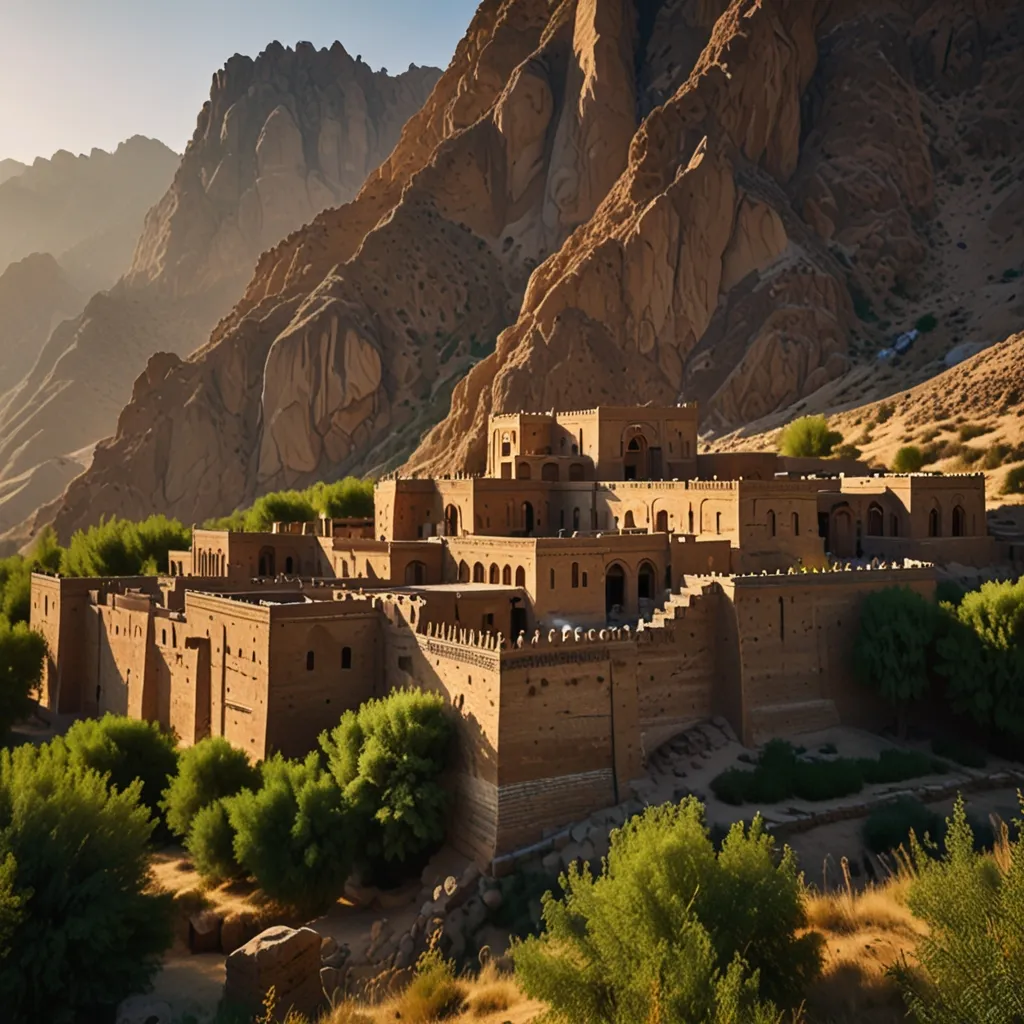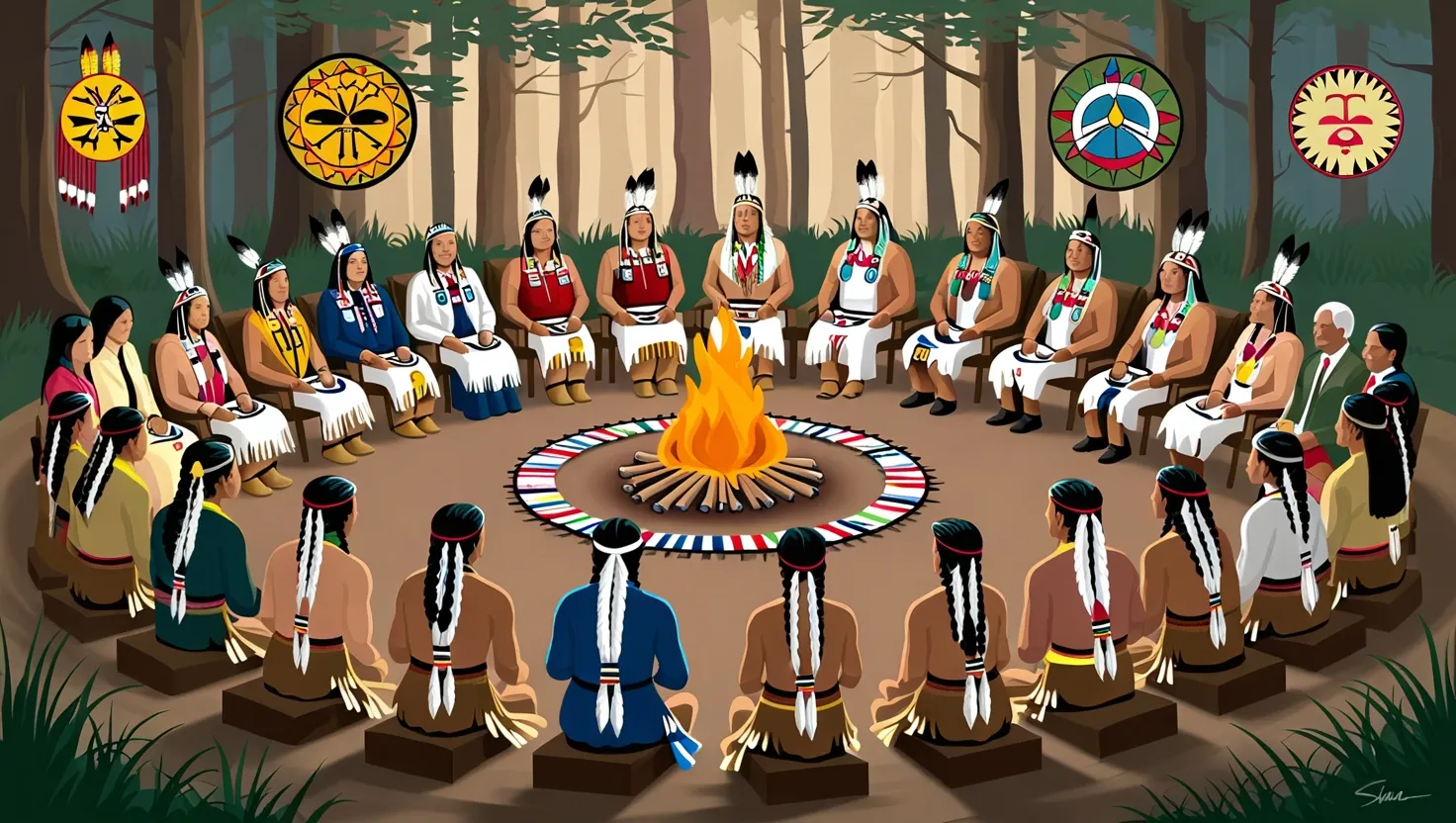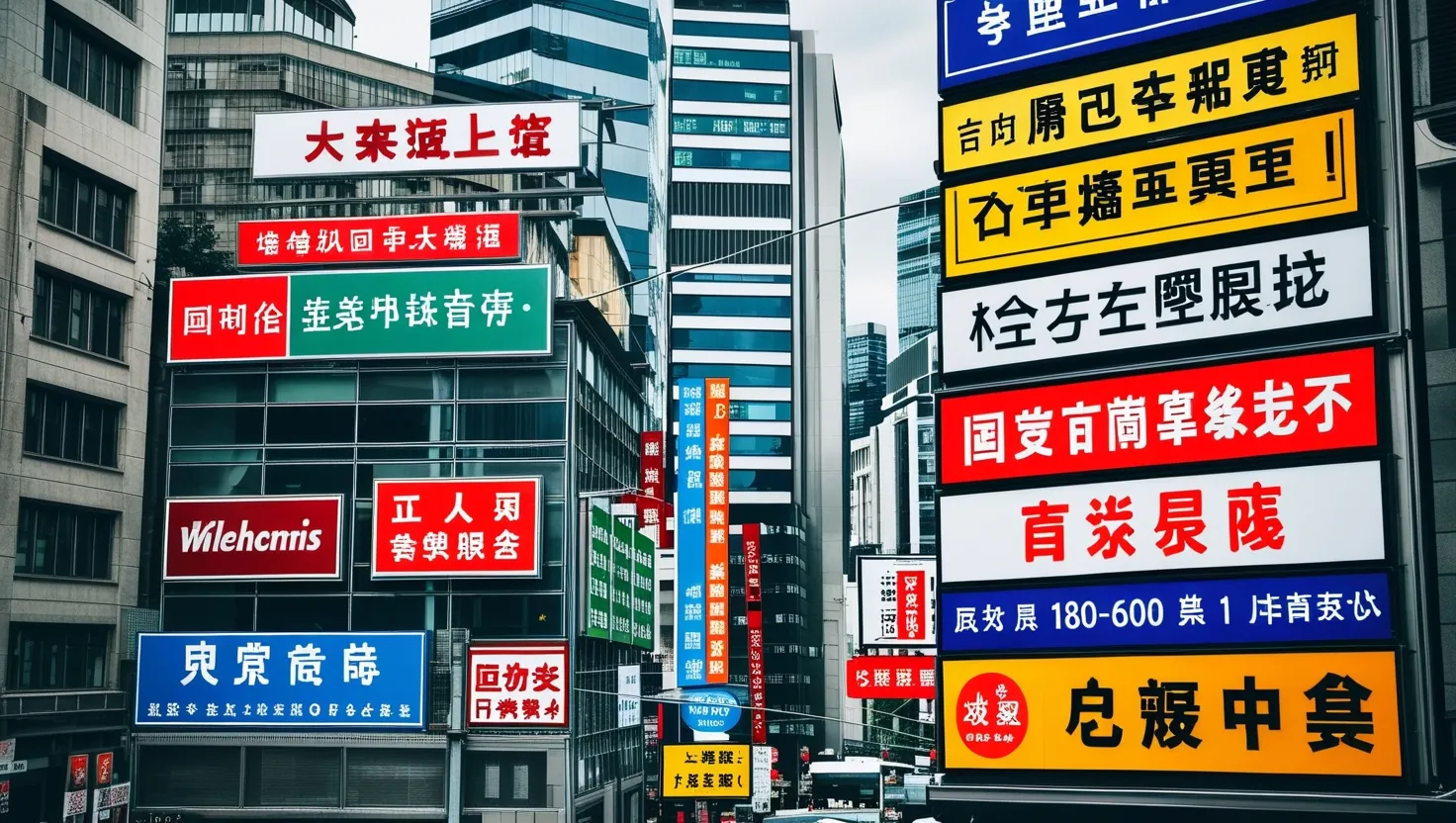Iran, historically known as Persia, holds a captivating tale that stretches back to the dawn of civilization, marking its indelible footprint not only on the historical map but also on the cultural and political landscapes of the Middle East and beyond. Nestled intimately between the eastern expanse of Europe and the western realms of Asia, this region has long been a crucible of trade, learning, and cultural exchanges.
The story of Persia is deeply rooted in its ancient soil, with evidence of civilization dating back to early pre-history. Some of the earliest agricultural communities flourished around 7200 BC in the Zagros Mountains, where the cultivation of barley, lentils, and legumes began. Even a 7,000-year-old jar of wine discovered in the area hints at the rich cultural tapestry that began to weave its fabric in these formative years. The region’s cultural and historical narratives were closely interwoven with Mesopotamia, modern-day Iraq, marking the city of Susa as a vital economic and trade hub for centuries — a testament to the durability of Persian influence, enduring even through Mongol invasions.
One of the earliest manifestations of Persian identity arose with Elam, not so much a nation-state as a confederation of mountain-dwelling tribes. The rugged terrain bred a hardy, tenacious people distinct from their more agriculturally-richer neighbors to the west. This historical dichotomy found a modern echo in the Iran-Iraq conflict of the 1980s, a contemporary flashpoint in an ancient saga of rivalry and territorial contest.
Elamite culture, encapsulated in its art and religious practices that revered animals and nature, stood apart from the anthropomorphic leanings of its Sumerian, Akkadian, and Egyptian counterparts. Noteworthy is the Elamite emphasis on gender equality, reflected in art and societal structure — a progressive trait carried onward in subsequent Persian societies.
Historically, Elam was often a marginal power compared to its more populous irrigated neighbors until around 1100 BC when its influence swelled, thanks partly to King Shutruk-Nahhunte’s conquests. However, internal strife frequently undercut their ascendancy, illustrating the region’s endemic instability.
By 2000 BC, the Iranian plateau began experiencing waves of Aryan migrations, blending with local Elamite culture. By 727 BC, this synthesis of peoples helped form the Medes under an Iranian Emperor, Dioces, possibly mythologized by Herodotus, but a figurehead against the Assyrian yoke nonetheless.
The Iranian foothold in the region solidified under Cyrus the Great, whose rebellion against the Medes in 553 BC set the stage for creating what would become the Achaemenid Empire. Known for his administrative prowess, Cyrus’s legacy was characterized by a network of regional governors (satraps), a robust postal system reminiscent of the Pony Express, and cultural and religious tolerance that allowed the empire to thrive. His conquest of Babylon in 539 BC marked a pivotal moment, intricately recorded in Biblical history as an act of divine will.
Cyrus’s successors broadened his empire’s scope, extending into Egypt and India, though it was Darius I who pushed boundaries into the Indus Valley and intensified campaigns into Greece. This narrative arc of military successes and failures — including the Greek campaigns — underscores the waxing and waning fortunes that have defined Persian aspirations.
One of the empire’s crowning achievements was its sophisticated infrastructure, with innovations like qanats (underground canals) and yakhchals (ancient refrigerators), which met the challenges of a harsh, arid climate head-on.
Persian culture introduced numerous recreational and artistic activities, leaving an enduring musical legacy in the form of the guitar’s ancestor, the Chartar, and board games like chess and backgammon. Slavery existed, as did in most ancient societies, but it was not as integral as in contemporaneous civilizations, leading to a relatively egalitarian structure.
The philosophical landscape of Persia took a definitive turn with Zoroastrianism, which posited dualistic forces of good and evil in perpetual conflict. Its tenets of free will and morality deeply influenced later monotheistic religions.
Persia’s zenith eventually met its nemesis in Alexander the Great, whose military genius and daring at battles like Issus and Gaugamela dismantled the mighty Achaemenid structure in mere years. Unlike conquerors before him, Alexander adopted Persian customs, marrying into their royal family and attempting to fuse Greek and Persian civilizations.
Alexander’s empire fragmented following his death, birthing the Hellenistic period, during which Greek culture pervaded but didn’t fully overwrite Persia’s intrinsic cultural DNA. This nuanced blend persisted through successive eras, such as the Parthian and Sasanian empires.
Sasanian Persia represented a renaissance of Iranian culture, standing as a bulwark against Roman forces and fostering trade along the Silk Road. This resurgence preceded the Islamic conquest, where the Sassanids offered only lukewarm resistance due to internal strife. Despite rapid military conquest by Arab Muslims, the Persian influence in the new Islamic world remained potent, preserving linguistic and cultural uniqueness well into modernity.
Iranian contributions to Islamic thought and technology catalyzed a golden age, sharing inventions like algebra and literature — albeit under the shadow of the Mongol invasions which ended this era of prosperity.
In the modern era, Persia morphed into Iran, navigating colonial interests and modern national discontents through a turbulent history of coups and revolutions. It evolved into a nation caught between tradition and rapid modernization under leaders like the Pahlavi dynasty.
Today, Iran remains an enigmatic powerhouse, continuing to shape regional politics while drawing from millennia of history that coined the archetype of resilience — a modern empire built on ancient foundations, shaping a narrative that binds antiquity with the present.






